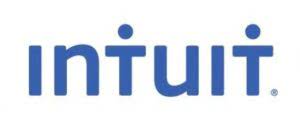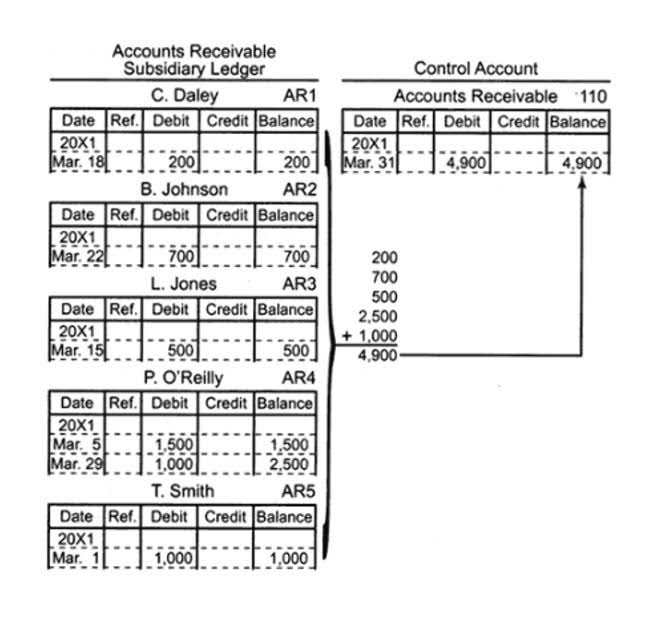In the later section below, we will illustrate how to record the journal entry for the issuance of common stock. This includes the issuance at par value, at no par value, at a stated value, and the issuance for non-cash assets. In the above journal entries, the debit side involves the bank account.
Outstanding
In some cases, the number of shares outstanding can change throughout the year, which affects the earnings per share calculation. This is where the weighted-average number of shares of common stock comes in – it’s a calculation that takes into account the varying number of shares outstanding during the year. Companies must also record a journal entry when they redeem common shares, which is typically done by debiting treasury stock and crediting cash. The measurement of the fair value of the service in the case of issuing the common stock for the services is the same as above. So, the fair value of the shares of the common stock given up will be used as the measurement if its market value is available.
Journal Entries for Issuance of Convertible Debt
It is useful to note that in many jurisdictions, issuing the common stock below par value is not allowed and is considered illegal. Additionally, even though some jurisdictions allow the issuance of the common stock below its par value, such activity is usually very rare. In this case, we will record the land in the balance sheet as $50,000 ($10,000 x 5,000 shares) even though the land was put on sale for a different price (e.i. $60,000).
Any finance received in excess of the share’s par value ends up on the share premium account. If companies issue shares at below the par value, this account will also get impacted. In most cases, the share premium account involves recording excess funds received from new share issues.
Par Value and Share Premium
- RSUs are company shares granted to employees, subject to vesting conditions.
- The debit side will include the full amount of the finance received.
- The expense amount in this journal entry is the fair value of the service that the corporation receives in exchange for giving up the shares of the common stock.
- The par value of a share of stock is sometimes defined as the legal capital of a corporation, but some states allow corporations to issue shares with no par value.
When par value stock is issued at a premium, the assets received both cash or noncash assets are higher than the value of the common stock. For example, a cash receipt of $12 per share for common stock of $10 par value. The excess of $2 ($12 minus $10) is called a premium or capital contribution in excess of par value. To illustrate how the journal entry is, let’s assume that the total common stock issue is the same as above (50,000 shares).
To sum up, the journal entry for issuing common stock varies depending on each type of issuance. This includes the common stock issued at par value, at no par value, at the stated value, and finally the common stock issued for noncash assets. The no-par value stock refers to the common stock that has no par value. This means that the stock is issued without assigning a stated value.
Common stock issuance is a primary method for companies to raise capital by selling ownership shares to investors. This process enables companies to obtain funds for various purposes, such as expanding operations, paying off debt, or investing in new projects. Common stockholders gain ownership in the company, voting rights on corporate matters, and the potential to receive dividends. The issuance of common stock can be executed through public offerings or private placements, and it is crucial to record these transactions accurately in the financial statements.
The bonds were convertible into Tesla common stock at a conversion price of $327.50 per share. Continuing with the previous example, assume that after the vesting period, employees exercise all 1,000 stock options at issued common stock for cash journal entry the exercise price of $10 per share. Other equity instruments, such as restricted stock units (RSUs), are used to compensate employees and align their interests with those of shareholders. RSUs are company shares granted to employees, subject to vesting conditions. Accounting for the issuance of common stock for cash is different for par value and no-par value common stock. Stock split is the process of dividing the current share number into multiple new shares to boost the stock liquidity.
Splits
- In essence, however, the accounting treatment for the issuance of common stock will remain the same.
- This value is usually set at a minimum, allowing the company to manage and issue new share in the future.
- It represents the maximum share that the company able to issue in the future.
- As the common stock has no par value, regardless of how high the market value is, there won’t be any additional paid-in capital involved here.
- For example, we issue 5,000 shares of common stock in our corporation to acquire a plot of land.
The entire amount received from the issuance is recorded in the Common Stock account. For example, the company ABC issues 20,000 shares of common stock at par value for cash. The company needs to record the assets value, common stock, and additional paid-in capital, which is the same as the stock issue for cash. However, the transaction amount depends on assets market value or common stock market value whichever can be measured more reliability.
Issuance Costs and Their Treatment
This article aims to provide a comprehensive guide on the common journal entries required for equity issuance under GAAP. Examples of common stock issued for cash and for non-cash consideration with journal entries are provided. For example, the company ABC issues the above shares of common stock for $100,000 which is at the price of $5 per share instead of $1 per share. Most of the time, company issue the common stock for cash and use it for other purposes. Investors simply purchase the stock from the issuer and gain ownership over the company’s share. Common Stock or Common Share is the company equity instrument that represents corporation ownership.
Equity issuance can be reflected in a company’s financial statements through accurate recording of transactions. This is crucial for companies to maintain transparency and accountability. The difference between the issued shares and the outstanding shares is the number of shares of treasury stock. The record date merely determines the names of the stockholders that will receive the dividends, and dividends are paid only on outstanding shares of stock. The other side of the transaction is the cash as the company issues stock for cash.
Outstanding Share
Common stock is credited on a journal entry to increase the company’s Equity, providing more funds for operations. A stock split will not change the general ledger account balances, so the dollar amounts reported in the stockholders’ equity section of the balance sheet will not change. Book value is used to calculate the value of a corporation’s assets, bonds payable, and stockholders’ equity. The book value of a corporation is equal to the total amount of stockholders’ equity.
Equity is the difference between a company’s assets and liabilities, and it’s reported on the balance sheet under the stockholders’ equity section. To illustrate this, consider a corporation with both common stock and preferred stock. The total stockholders’ equity must be divided between the two types of stock to determine the total book value of the common stock. Par value may be any amount—1 cent, 10 cents, 16 cents, $ 1, $5, or $100.

 Book a Demo TodaySee how Strategy Systems can transform the way your business runs. Enter the dispatch into TruckingOffice and when the invoice is created, you can send that directly to QuickBooks.
Book a Demo TodaySee how Strategy Systems can transform the way your business runs. Enter the dispatch into TruckingOffice and when the invoice is created, you can send that directly to QuickBooks.




